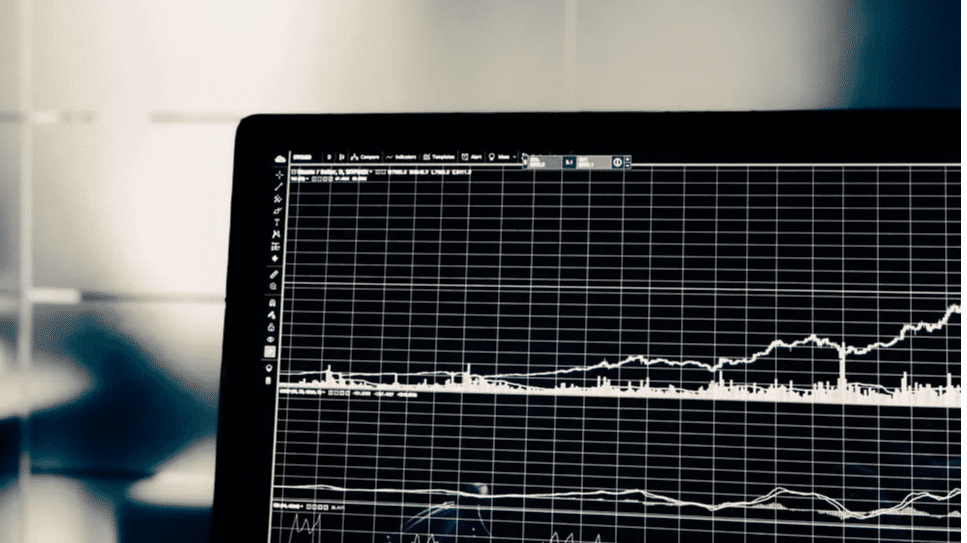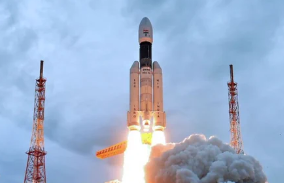The Reserve Bank of India‘s Monetary Policy Committee (MPC) has raised its CPI inflation predictions for the financial year 2022-2023 to 5.7%, up from 4.5% previously, according to central bank Governor Shaktikanta Das.
Also Read| RBI Monetary Policy Committee slashes India’s real GDP growth forecast to 7.2%
According to the governor, inflation will rise 6.3% in the first quarter of FY23, then 5% in the second quarter. The economy is anticipated to see consumer price index (CPI) inflation rise by 5.4% and 5.1% in September to December and January to March quarters, respectively, he added.
Also Read| RBI Monetary Policy Committee keeps repo rate unchanged at 4%
The Monetary Policy Committee (MPC) also kept the repo rate unchanged at 4% for the eleventh consecutive time while maintaining an ‘accommodative stance’.
India’s GDP growth projection has been downgraded to 7.2% for FY23, from 7.8% forecast in the previous meeting.
Also Read| RBI monetary policy will remain accommodative for quite some time: ADB
It sees 16.2% real GDP growth in Q1 FY23, 6.2% in Q2, 4.1% in Q3, and Q4 at 4%. The growth projections assume crude oil at $100 per barrel in the ongoing fiscal year.
“Economic activity, although recovering, is barely above its pre-pandemic level. Against this backdrop, the MPC decided to retain the repo rate at 4% and remain accommodative,” Das said.
Also Read| RBI MPC meet: Central bank expected to keep key rates unchanged
“It (MPC) also decided to remain accommodative while focusing on withdrawal of accommodation to ensure inflation remains within the target while supporting growth,” he added.
“Global food prices have hardened significantly. Risk aversion towards assets of EM economies has led to large capital outflows and depreciating bias in their currencies,” Das said.
Also Read| Bond yield surge threat only focus for traders from RBI meeting
The macroeconomic outlook is undergoing tectonic shifts and the RBI will continue to take a nuanced and nimble approach, Governor Das said.
“Normalisation of the Liquidity Adjustment Facility (LAF) corridor done today should not come as a surprise to market participants. Financial markets were prepared for the LAF corridor over the past several months. We are introducing the Standing Deposit Facility (SDF) to provide symmetry to the operating framework of monetary policy. RBI will introduce SDF as the floor for the LAF corridor. SDF has a 3.75 % interest rate. Access to SDF, MSF will be at the discretion of the banks,” he added.
Also Read| How India’s new crypto tax impacts investors
The RBI has cut its key lending rate, the repo rate, by 115 bps since March 2020 to support the economy during the pandemic. The RBI last cut its policy rate on May 22, 2020, in an off-policy cycle when COVID-19 posed an unprecedented challenge to the economy.







